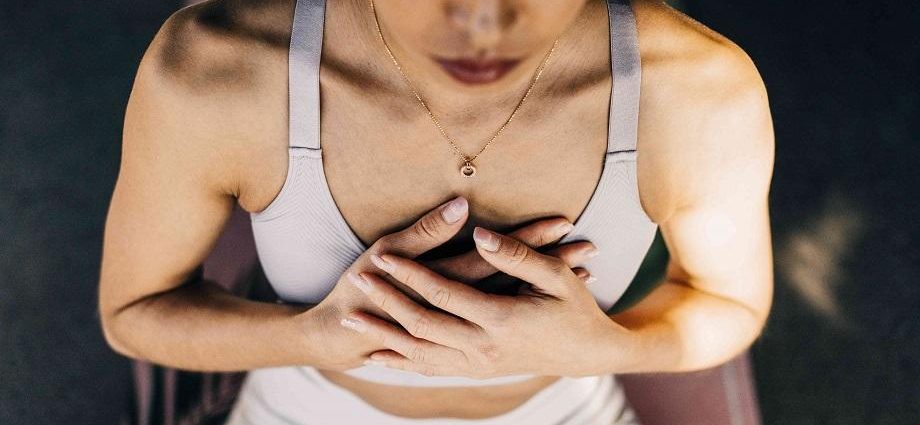Breathing exercises help you relax and relieve the stress of day to day. These are very useful tools to fall asleep, being also used by therapists when dealing with anxiety disorders.
When it comes to achieving the perfect balance, you don’t need to travel to India, these breathing exercises to relax and reduce anxiety will be enough. Relax and enjoy it.
Exercise 1 – Equitable Breath (Sama Vritti)
Equitable breathing consists of inhaling counting up to 4 seconds and then exhaling using the same time. Keep in mind that this type of breathing should be done through the nose. In addition, after a few weeks, it is very possible that you can count up to 6 or 8 seconds, as yoga experts or other similar disciplines do.
This technique works especially well if you do it right before bedtime. If you’ve recently noticed that you’re harder to fall asleep, breathing can make your mind disconnect from everything or make it not easily distracted.
Within the breathing exercises to relax and reduce existing anxiety, this is one of the simplest, being its level of beginner difficulty.
Exercise 2 – Abdominal breathing technique
In this technique, you must put one hand on your chest and one on your stomach. In this position, inhale deeply through the nose, so you feel the diaphragm swell until the lungs widen.
The goal is to take 6 to 10 very slow breaths per minute and do it for 10 minutes a day so you can reduce heart and blood pressure over time. If you have a test you’re worried about, or a stressful or similar work meeting, try it and the state of stress will be reduced. Also, your difficulty level is beginner, so it won’t cost you too much to catch up.
Exercise 3 – Respiration alternated by nostrils (Nadi Shodhana)
This is one of the breathing exercises to relax and reduce the anxiety more used in yoga. It begins with a comfortable posture specially indicated for meditation and, with the right thumb coming to the right nostril, it is inhaled deep through the left nostril.
Once it has been inhaled deeply, the left nostril should be covered to exhale by the right nostril. Then, following this same pattern, it is inhaled by the right nostril and exhaled on the left.
Its difficulty level is intermediate, so use it whenever you want to concentrate and enhance your energy. This type of breath will make you feel more awake, so don’t use it before you go to sleep.
Exercise 4 – Breathing of the bright skull (Kapalabhati)
This type of breath starts with long but slow inhalation and then exhales the air vigorously from the lower of the gut. Once you feel comfortable enough, it increases the rate of inhalation and exhalation, and take it out every 1 or 2 seconds.
Its difficulty level is advanced, being perfect for waking up and starting the day with energy. If you hold about 10 breaths, your brain will wake up and your body will warm up.
Exercise 5 – Progressive Relaxation
When it comes to calming anxiety, it strains and relaxes each muscle group for several seconds. It begins with the toes and ends with the eyes, keeping a slow and deep breath at all times. All you have to do is vacuum through the nose, count for a few seconds while tightening your muscles, and expel the air through your mouth. Its difficulty level is beginner.
Exercise 6 – Guided Visualization
I’m sure you’ve heard it sometimes. This exercise consists of going to that happy place that you have to go to your mind whenever you want to escape a stressful situation. Its difficulty is intermediate and it is best to go to a specialist who knows how to guide you.
The idea is to take a deep breath as you focus on a positive image to dismiss any negative thoughts. Just breathe, close your eyes, and think of a pleasant place to forget about everything else. We’re talking about a very effective resource for mindfulness.
